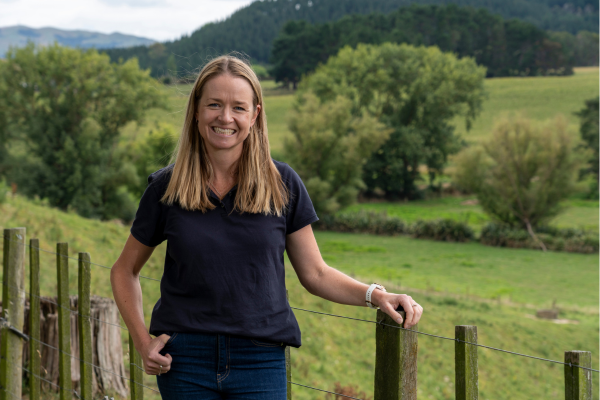Global beef production is expected to contract in the second half of 2024, supporting strong cattle pricing in key production regions across the globe, according to a new report by agribusiness banking specialist Rabobank.
In its recently-released Global Beef Quarterly Q2 2024, Rabobank says global beef production for quarter two is forecast to be marginally higher than in the same quarter last year, but volumes for quarters three and four are expected to fall year-on-year (YOY).
“We do expect to see more beef produced in Australia and Brazil in the later half of this year, however these increases are likely to be outweighed by production contractions in Europe the US and China,” report co-author, senior animal proteins analyst Jen Corkran said.
“And this lower global production should help ensure cattle prices continue to hold up strongly across key beef production regions.”
Ms Corkran said the pricing outlook remained broadly favourable for most beef producers around the world – particularly for those in North America.

Jen Corkran, Senior Animal Protein Analyst, Rabobank New Zealand
“Looking at global pricing, the two-speed cattle price market continues, with North American markets tracking close to record highs while markets in South America and Oceania are more subdued. Europe remains in between at the moment despite the recent increased production volume,” she said.
“Changes in production and prices in different regions are starting to shift trade flows with the US increasing import volumes while imports in major Asian markets remain relatively flat.”
The report says the bank continues to closely monitor animal disease risks in different locations due to their potential impact on the global beef market.
“The transmission of H5N1 avian influenza to dairy cattle in the US is one such issue. While there are no recorded cases in beef herds and tests have demonstrated no risk to beef food safety, the transmission between species creates caution,” Ms Corkran said.
“In May, Brazil declared itself free from Foot and Mouth Disease without vaccination. Following the declaration, Brazilian authorities have asked the World Organization for Animal Health to recognise this change in status. And if this is approved, it could potentially open up new trade opportunities for Brazil.”
New Zealand Update
The report says pasture-growing conditions across New Zealand were favorable throughout early/late summer in most regions, offering flexibility to beef farmers around stocking rates and sale dates.
“As the cooler temperatures started to arrive by mid-April, some drier pockets in the east and very north of both islands were apparent. This may bode for a challenging start to winter in these areas, with cool temperatures arriving before rain, slowing pasture growth,” Ms Corkran said.
The report says New Zealand beef production for the first quarter of 2024 is three per cent behind Q1 of 2023 with pasture availability reducing the need for sending cattle off early.
“Cull cows were slow to head off, six per cent behind 2023, and bull beef was also back nine per cent nationally. National steer production was up by six per cent. A correction is expected as we head towards mid-winter as cull cows and some bull beef will be sent off farm before mid-winter arrives,” Ms Corkran said.
The report says January to March 2024 total exports were up by five per cent year on year (YOY) to just over 133,000 metric tons, and up by three per cent in total value.
“In volume terms, shipments to China were down eight per cent to 51,650MT YOY, while we’ve seen an upswing trend to other destinations with Q1 volumes up by 14 per cent (YOY) to the US, by 41 per cent to Japan (YOY), and by 60 per cent to Canada (YOY). The US and Japan have also increased their value per unit compared to last year,” Ms Corkran said.
“The AgriHQ North Island bull price has remained steadily around 10 per cent above five-year averages and farmgate beef prices are expected to remain firm through winter off the back of very good export demand with value being realised from the US.”
Climate disclosure creeps towards beef supply chains
The Rabobank Beef Quarterly said the growing demand for climate disclosures around the world was also edging into beef supply chains, presenting both opportunities and risks.
The report said beef companies around the world were facing a “balancing act” as they looked to proactively respond to new sustainability requirements and capitalise on associated opportunities, while also managing the risk of moving too early in a market and regulatory environment that is rapidly evolving.
Report lead author, RaboResearch senior animal protein analyst Angus Gidley-Baird said, the beef industry was facing a particular challenge, with its ‘scope 3’ emissions, which were substantial, yet difficult to measure.
“Scope 3 supply chain emissions represent a significant portion of food retailers’ greenhouse gas emissions. Under the reporting regulations, large beef companies will be required to navigate the complexities of collecting and reporting accurate emissions data,” he said.
“At farm level, carbon calculators and measurement tools will become important to facilitate a bottom-up approach to measurement.”
